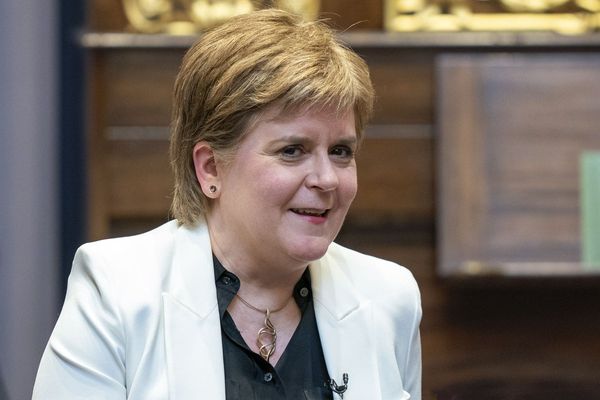
The Victorian government’s cynical strategy of holding back hundreds of annual reports for a last-minute Parliamentary dump ahead of the November 26 state election appears to have worked.
There has been very little public discussion about any of the annual report content when some of the disclosures are startling, to say the least.
For example, let’s have a look at the three largest financial institutions owned by the Victorian government — starting with the good news.
The Transport Accident Commission is Victoria’s compulsory monopoly insurer for people injured on the roads. The 2021-22 annual report discloses that the government stripped it of $400 million of capital just before year end.
If you look at page 97 you’ll see note 6.3, which reads:
The TAC paid a $400 million repayment of capital to the Victorian state government on 27 June 2022 as determined by the treasurer after consultation with TAC and the responsible minister.
Talk about raiding hollow logs! After also incurring $773 million in tax equivalent liabilities to its Spring Street masters, the TAC was left with negative equity of $72.6 million, despite having assets and liabilities of more than $17 billion, courtesy of running the world’s most generous uncapped no-fault scheme.
Victorians run another compulsory government-underwritten insurance scheme known as WorkSafe, which looks after all citizens who are injured at work. While some people think the Kennett government privatised everything that wasn’t bolted down in the 1990s, they left the two monolithic compulsory government insurance schemes intact, even though several states have privatised equivalents.
Sadly, the belatedly released WorkSafe annual report reveals that it continues to bleed cash and received a $450 million cash grant from the Victorian budget in 2021-22, in addition to the $550 million bailout it received the previous year. This is what it says on page 64 of the 2021-22 WorkSafe annual report:
Our performance from insurance operations for the year was a deficit of $1.6 billion. The deficit reflects continued pressure on the scheme as a result of injured workers staying on the scheme longer, combined with continued growth in the number of mental health injuries. The growing gap between the premium charged and the cost of claims is also a contributing factor.
That mental health liability can’t be helped by the ongoing fallout from the world’s longest lockdowns. While the Andrews government was able to pass much of the cost of those lockdowns to the federal government through programs such as the widely rorted $88 billion JobKeeper scheme, when it comes to mental health claims in the workplace, that falls back onto taxpayers because the government underwrites workers compensation claims across the state and is declining to increase premiums, fearing a backlash from employers.
WorkSafe now has total claims liabilities of $25.5 billion, which is well clear of the $17 billion that the TAC estimates it will need to pay people injured on Victoria’s roads. However, WorkSafe has negative equity of $1.08 billion as at June 30, even after that $1 billion budget bailout since COVID hit. Stand by for an increase in premiums after the election, folks.
Meanwhile, over at Treasury Corporation of Victoria, the state’s central borrowing authority, the 2021-22 annual report shows that state debt has soared from about $40 billion to $115 billion over the past three years. Despite the pandemic now being over, Victoria’s central borrowing task for 2022-23 is a staggering $29.9 billion and that’s despite the only major security line expiring in 2022-23 being the $3.73 billion that was repaid in October.
Victorian bonds are now trading at a 60-basis point premium to federal debt and investors are even now demanding Victorians pay a higher interest rate than what they charge NSW and Queensland. None of this is stopping the ongoing reckless promises of the Andrews government, which recently announced it was going to re-create the old State Electricity Commission of Victoria to drive publicly funded renewables investment.
At his core, Daniel Andrews runs a big-spending and highly centralised command and control government, which voters appear to like. Victoria doesn’t have its own currency and unlike Liz Truss, Daniel Andrews is yet to lose the confidence of bond markets in a material way despite the extraordinary build-up of state debt.
Is Dan indeed The Man? What could he be doing better? Let us know your thoughts by writing to letters@crikey.com.au. Please include your full name to be considered for publication. We reserve the right to edit for length and clarity.







